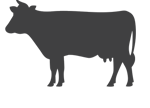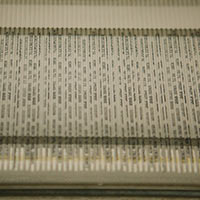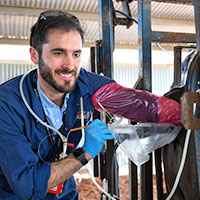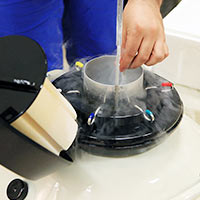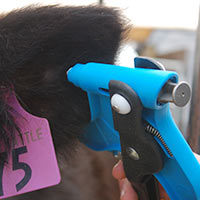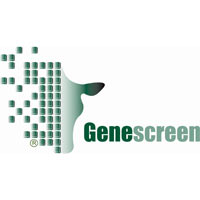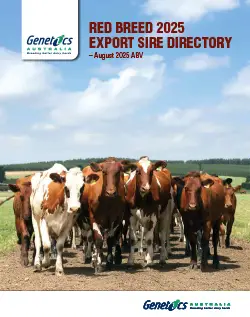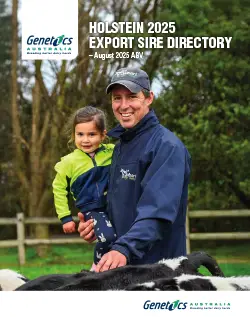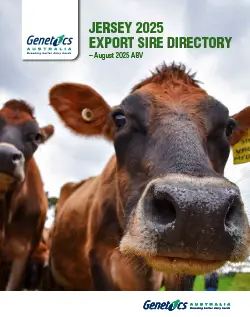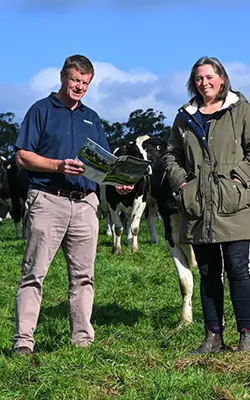National Breeding Objective Review

The National Breeding Objectives (NBO) are under review with exciting new changes expected to be unveiled later this year.
Every five years, DataGene evaluates the NBO to ensure that they are in line with the direction our industry is heading. Changes in milk price, feed and other farm costs and farmer trait preferences are driving the need to update these indices to ensure they are fit for purpose.
Australia’s National Breeding Objectives are the:
- BPI – Balanced Performance Index, a profit-based index.
- HWI – Health Weighted Index, an extra emphasis on health traits.
- SI – Sustainability Index, designed to reduce greenhouse gas emissions intensity.
Projecting milk price is one of the big changes of this NBO review. Instead of historical pricing, the new indices will use projected pricing (2025 – 2029). This will more accurately reflect the heifers that are bred using these indices once they hit the national herd. The projected milk prices will also signal a change in the protein-to-fat ratio within the indices. Of all the NBO changes, this will have the biggest impact on animal rankings. Currently the BPI is based on a protein-to-fat ratio of around 2:1. In the new BPI the ratio will be closer to 1:1. This change will also flow through to the production component of the HWI and SI.
The consultation work performed in late 2024 also suggested strong support for a seasonal calving, pasture-based index. In response, DataGene will now be giving a stronger seasonal focus within the HWI through the addition of gestation length and calving ease, while maintaining a high emphasis on health and fertility.
DataGene Stakeholder Relations Specialist Peter Thurn said that during the consultation phase, the need for a Total Mixed Ration (TMR) index and an index for hotter regions was investigated. While there were polarised views on the need for a TMR index, there was solid support for an index for hotter regions from the northern states and WA. DataGene has performed some modelling as to what these proposed indices could look like and will continue to consult with farmers and stakeholders to determine if and when to introduce these potential new indices.
The herd improvement industry has strongly voiced a view around updating the base. The base is the reference or comparison point for ABVs. The current base is centred around an average of a group of cows born in 2011. The proposal is to move this to cows born in 2020. As part of this update, a methodology change will also be implemented. This will have an effect on type proofs in particular. Normally when a base is rolled, breeding values go down because you are comparing them to a more modern genetic group of animals. This time however, in the case of type ABVs, we will see them rise. Currently only classified animals are used in the type base. This only reflects a small group of elite animals including daughters of the highest ABV bulls and registered cows. In December 2025, DataGene will be broadening the base to include all cows born in the base period. This will give a more realistic view of the average of the population.
To come up with the final recommendations, more than 30 different models were tested, along with updating an extensive economic model and re-estimating correlations and genetic parameters. “We would like to take the opportunity to thank the farmers and industry partners who have contributed to this work which will be released as part of the public ABV release in December 2025,” Peter said.
